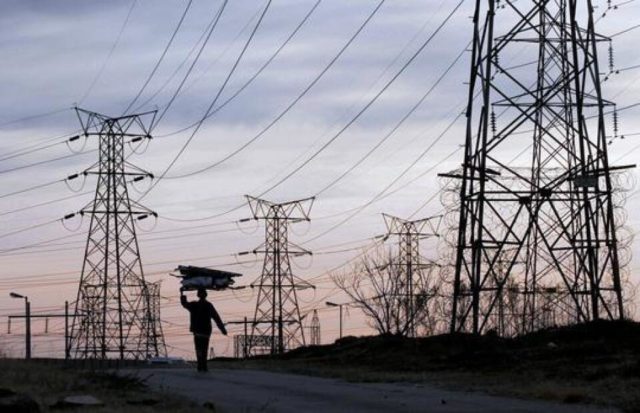Eskom is cracking down on municipalities that are defaulting on their accounts and are sitting on millions of rand due to the power utility.
ESKOM is cracking down on municipalities that are defaulting on their accounts and are sitting on millions of rand due to the power utility.
Eskom spokesperson Sikonathi Mantshantsha said yesterday that while the utility wanted to recoup the funds owed to it, it would not use a blanket approach.
He said each case will be treated on its own merits.
This comes after Eskom attached the bank account of Maluti-a-Phofung Local Municipality in the Free State after it failed to settle its debt with the state-owned utility. Maluti-a-Phofung Municipality has an outstanding Eskom account of R5.3 billion.
Municipalities across the country owe Eskom more than R28 billion and the debt increased by R8.2 billion in the past 12 months alone.
Mantshantsha said that while the utility wants to recover the money, it would not use the method of attaching the accounts of municipalities as it did with Maluti-a-Phofung.
He added that attaching the assets of any entity or municipality was not the first option for Eskon to recoup the funds.
Deputy President David Mabuza told Parliament in June that the Eskom debt has been increasing sharply.
“The current municipal debt has reached R28 billion, which is an increase of R8.2 billion in the past 12 months,” said Mabuza at the time.
“We are directing departments and organs of state to settle their debts. We are implementing key measures to ensure Eskom’s outstanding debts are paid,” he added.
Mabuza will return to Parliament next Thursday to answer oral questions on Eskom and Covid-19 related matters.
Eskom has been undergoing a restructuring process following an announcement that it would be split into three units.
Yesterday Eskom came under fire from opposition parties after it implemented load shedding.
Eskom said it needed to fix some of its plants to be able to keep the power system functioning.








